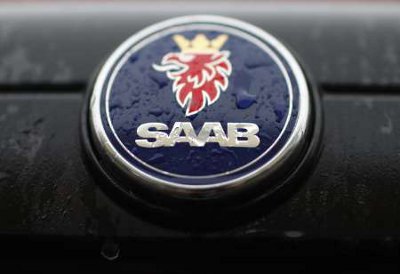 STOCKHOLM, SWEDEN — Saab Automobile filed for bankruptcy on Monday, giving up a desperate struggle to stay in business after previous owner General Motors Co. blocked takeover attempts by Chinese investors.
STOCKHOLM, SWEDEN — Saab Automobile filed for bankruptcy on Monday, giving up a desperate struggle to stay in business after previous owner General Motors Co. blocked takeover attempts by Chinese investors.
Saab CEO Victor Muller personally handed in the bankruptcy application to a court in southwestern Sweden, ending his two-year effort to revive the carmaker that over more than six decades has become known for its rounded sedans and quirky design features.
The Dutch entrepreneur told reporters he had to pull the plug after GM, which still owns some technology licenses for Saab, rejected a last-ditch financing plan involving a Chinese company.
"That basically was the last nail in the coffin of this beautiful company," Muller said in webcast news conference at the Saab plant in Trollhattan, southwestern Sweden.
The Vanersborg District Court was expected to approve the application later Monday.
"This is the most unwelcome Christmas gift I could have imagined," said Fredrik Almqvist, 36, who has worked at Saab's assembly line for nearly 17 years.
While experts say the company is likely to be chopped up and sold in parts, local officials in the town of Trollhattan, where Saab employs more than 3,000 people, were holding out hope that a new buyer would emerge to salvage the brand.
"Our absolute hope is that the bankruptcy administrator will aim for a solution where the company is sold in its entirety," Trollhattan Mayor Paul Akerlund said in a statement.
Muller used his luxury sports car maker Spyker Cars to buy Saab from GM in 2010, promising to restore its Swedish identity, but the company ran out of money just a year later.
Even as production stopped and salary payments were delayed, Muller fended off bankruptcy by selling the company's real estate and lining up financing deals with investors in Russia and China. He bought time by placing the company in a reconstruction process under bankruptcy protection.
But the deals fell through, blocked by regulators or by GM, which was concerned that its technology would end up in the hands of Chinese competitors.
The final Chinese suitor, Zhejiang Youngman Lotus Automobile Co., said it pulled out after the last proposal for a solution was rejected by GM over the weekend.
"We were supporting them to the last moment, even up to 1 a.m. this morning we were discussing possible solutions by telephone, but due to GM's position, in the end Sweden's Saab filed for bankruptcy this morning," said Rachel Pang, an executive director of a subsidiary company of Youngman and daughter of Youngman's founder, Pang Qingnian.
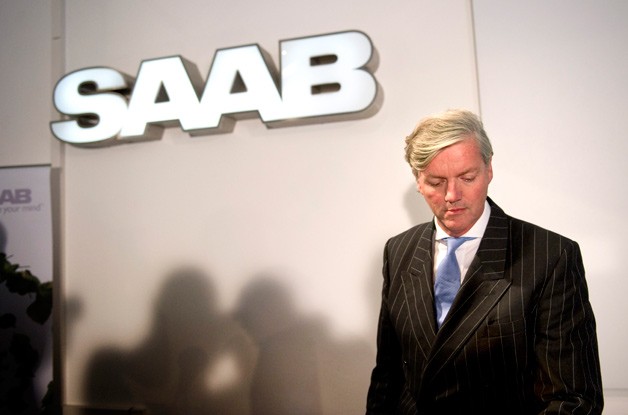 Muller blamed the former administrator of Saab's reconstruction, Guy Lofalk, for the collapse of the talks, saying Lofalk had led the Chinese investors to believe they could become sole owners of the company. Muller said he knew that was impossible given GM's concerns about licenses.
Muller blamed the former administrator of Saab's reconstruction, Guy Lofalk, for the collapse of the talks, saying Lofalk had led the Chinese investors to believe they could become sole owners of the company. Muller said he knew that was impossible given GM's concerns about licenses.
"Until this problem arose the relationship with GM was excellent," Muller said.
Calls to Lofalk's office were not answered Monday.
Swedish lawyer and reconstruction expert Peter Smedman said the prospects of selling Saab during bankruptcy proceedings would depend on GM.
"The licenses that GM has are crucial for the value of the company," Smedman said. "If GM doesn't want to let anyone in because they are scared of competition in China, then there is probably not much (value) left."
Originally an aircraft maker, Saab entered into the auto market after World War II with the first production of the two-stroke-engine Saab 92. It soon became a household name in Sweden and in the 1970's it released its first turbocharged model -- the landmark Saab 99.
To auto enthusiasts, Saab was known for its quirks such as placing the ignition lock between the front seats and becoming the first car to have heated seating in 1971.
GM bought a 50 percent stake and management control of Saab in 1989, and gained full ownership in 2000. The aircraft and defense company with the same name remained an independent entity, building fighter jets and weapons systems.
Saab Automobile's sales peaked at 133,000 cars in 2006. After that, sales dwindled to 93,000 cars in 2008 and just 27,000 in 2009, as GM -- itself in bankruptcy protection following the financial crisis -- prepared to wind down the Swedish brand.
Muller stepped in after a takeover attempt by a consortium led by Swedish sports car maker Koenigsegg failed. Analysts expressed doubt over Saab's chances of survival under Spyker, which later changed its name to Swedish Automobile.
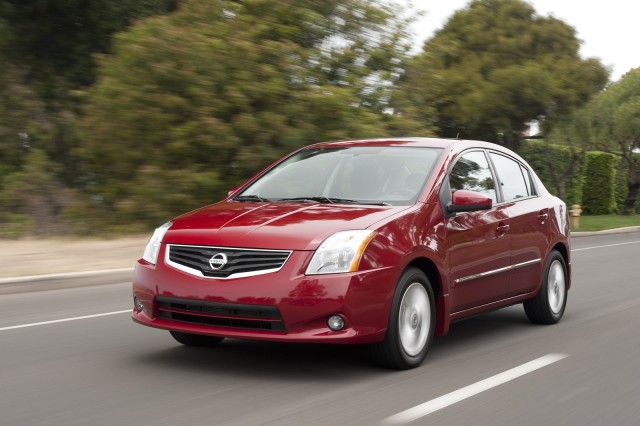 DETROIT, MI (AP) — Nissan Motor Co. is recalling nearly 34,000 Sentra compact cars because of a battery cable problem that could cause the engines to stall.
DETROIT, MI (AP) — Nissan Motor Co. is recalling nearly 34,000 Sentra compact cars because of a battery cable problem that could cause the engines to stall.

 STOCKHOLM, SWEDEN — Saab Automobile filed for bankruptcy on Monday, giving up a desperate struggle to stay in business after previous owner General Motors Co. blocked takeover attempts by Chinese investors.
STOCKHOLM, SWEDEN — Saab Automobile filed for bankruptcy on Monday, giving up a desperate struggle to stay in business after previous owner General Motors Co. blocked takeover attempts by Chinese investors.  Muller blamed the former administrator of Saab's reconstruction, Guy Lofalk, for the collapse of the talks, saying Lofalk had led the Chinese investors to believe they could become sole owners of the company. Muller said he knew that was impossible given GM's concerns about licenses.
Muller blamed the former administrator of Saab's reconstruction, Guy Lofalk, for the collapse of the talks, saying Lofalk had led the Chinese investors to believe they could become sole owners of the company. Muller said he knew that was impossible given GM's concerns about licenses. 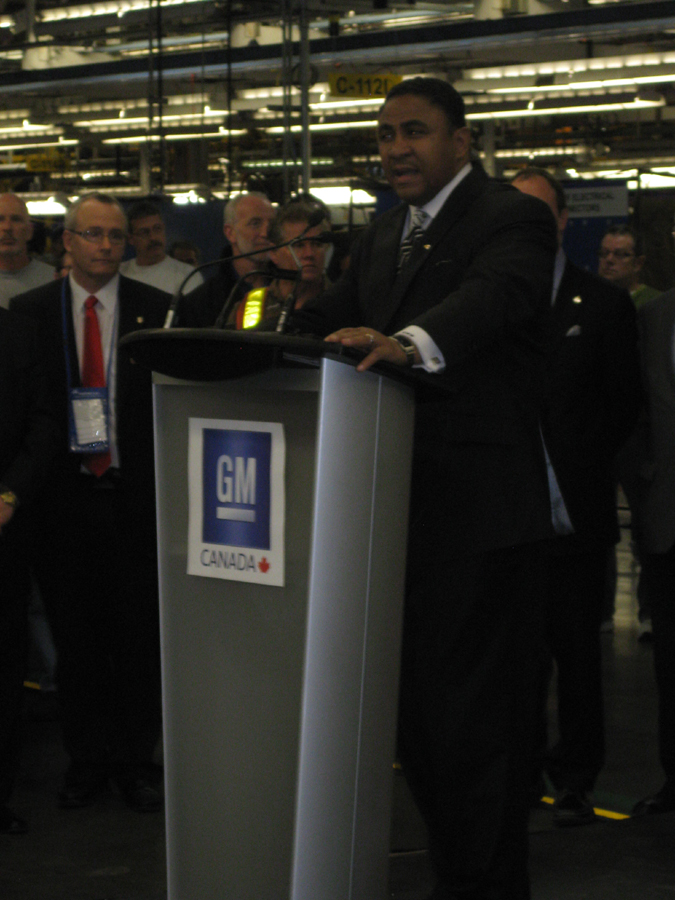 OSHAWA, ON – General Motors announced today that the Oshawa Assembly Plant will be one of the production sites for the next generation Chevrolet Impala. The plant will receive $68 million in investments for this undertaking.
OSHAWA, ON – General Motors announced today that the Oshawa Assembly Plant will be one of the production sites for the next generation Chevrolet Impala. The plant will receive $68 million in investments for this undertaking.  Over the past year, General Motors has made many positive steps towards reclaiming its top-spot amongst manufacturers domestically and globally. It recently launched the Buick Regal, Camaro Convertible, and Chevrolet Equinox creating two new shifts and securing 1,300 jobs. Most recently in August, General Motors announced a $117 million investment to the Oshawa Assembly Plant for the upcoming Cadillac XTS in 2012.
Over the past year, General Motors has made many positive steps towards reclaiming its top-spot amongst manufacturers domestically and globally. It recently launched the Buick Regal, Camaro Convertible, and Chevrolet Equinox creating two new shifts and securing 1,300 jobs. Most recently in August, General Motors announced a $117 million investment to the Oshawa Assembly Plant for the upcoming Cadillac XTS in 2012.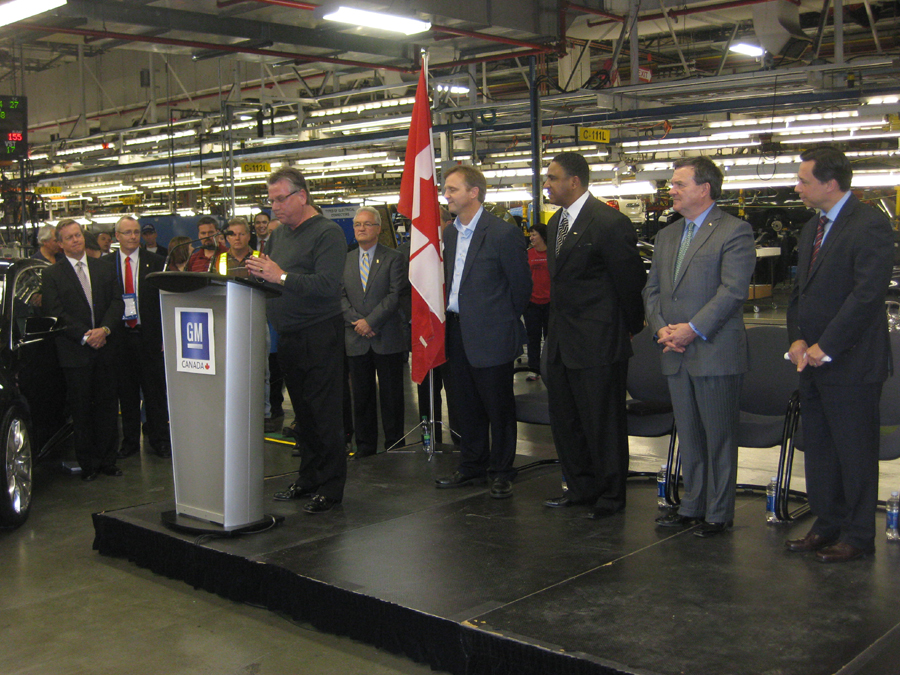
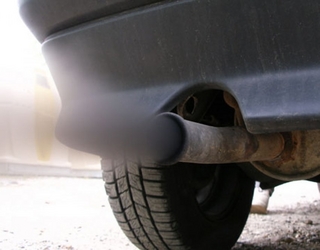 OTTAWA, ON - The Minister of Sustainable Development, Environment and Parks, the Hon. Pierre Arcand, announced on December 7th the implementation of a program for the inspection and maintenance of automotive vehicles (with the French acronym PIEVA), and introduced Bill no. 48, An Act concerning the environmental inspection of motor vehicles. The legislative changes proposed will, among other things, confer new powers under the Environment Quality Act. These powers are prerequisite tools that are necessary to implement the new program.
OTTAWA, ON - The Minister of Sustainable Development, Environment and Parks, the Hon. Pierre Arcand, announced on December 7th the implementation of a program for the inspection and maintenance of automotive vehicles (with the French acronym PIEVA), and introduced Bill no. 48, An Act concerning the environmental inspection of motor vehicles. The legislative changes proposed will, among other things, confer new powers under the Environment Quality Act. These powers are prerequisite tools that are necessary to implement the new program.